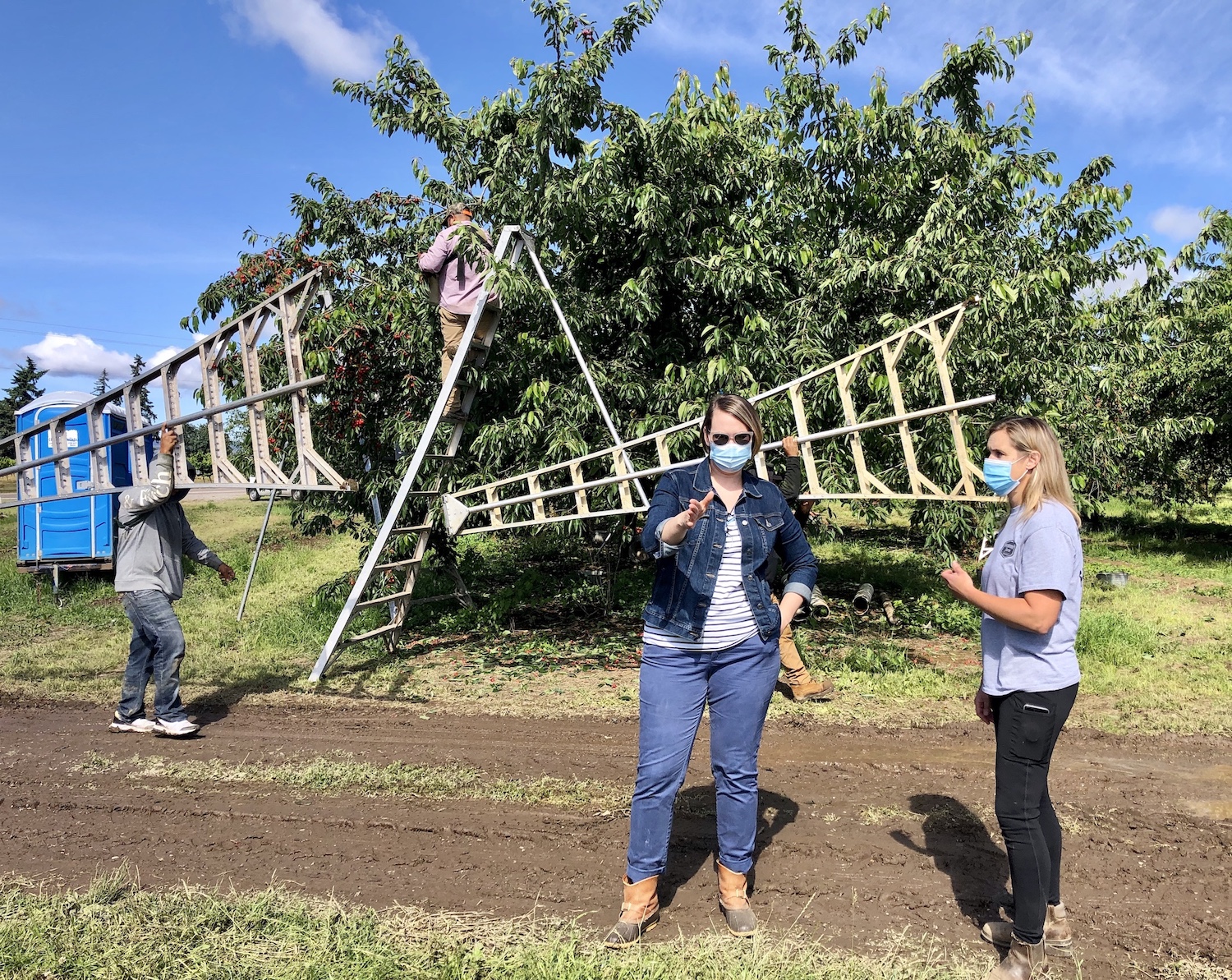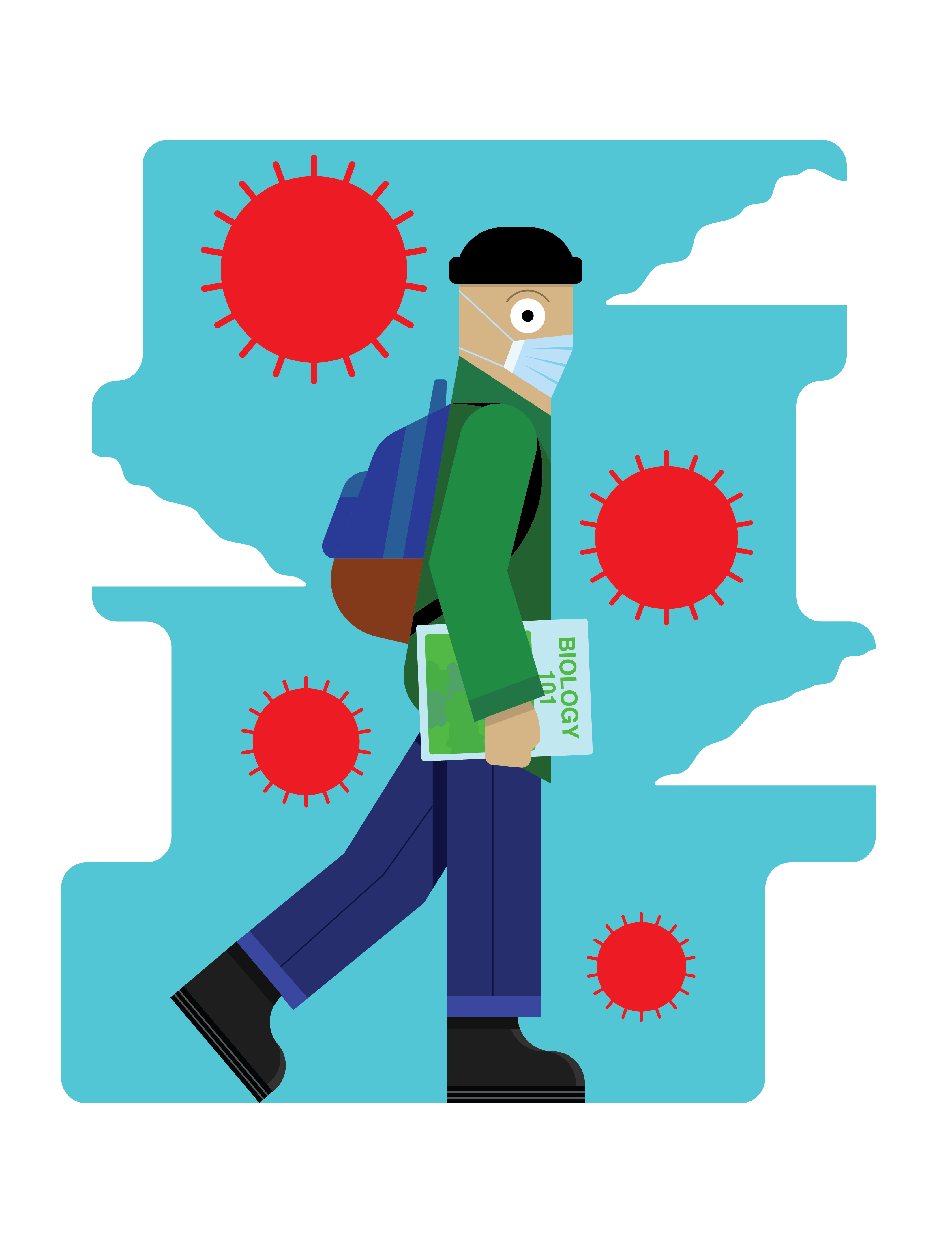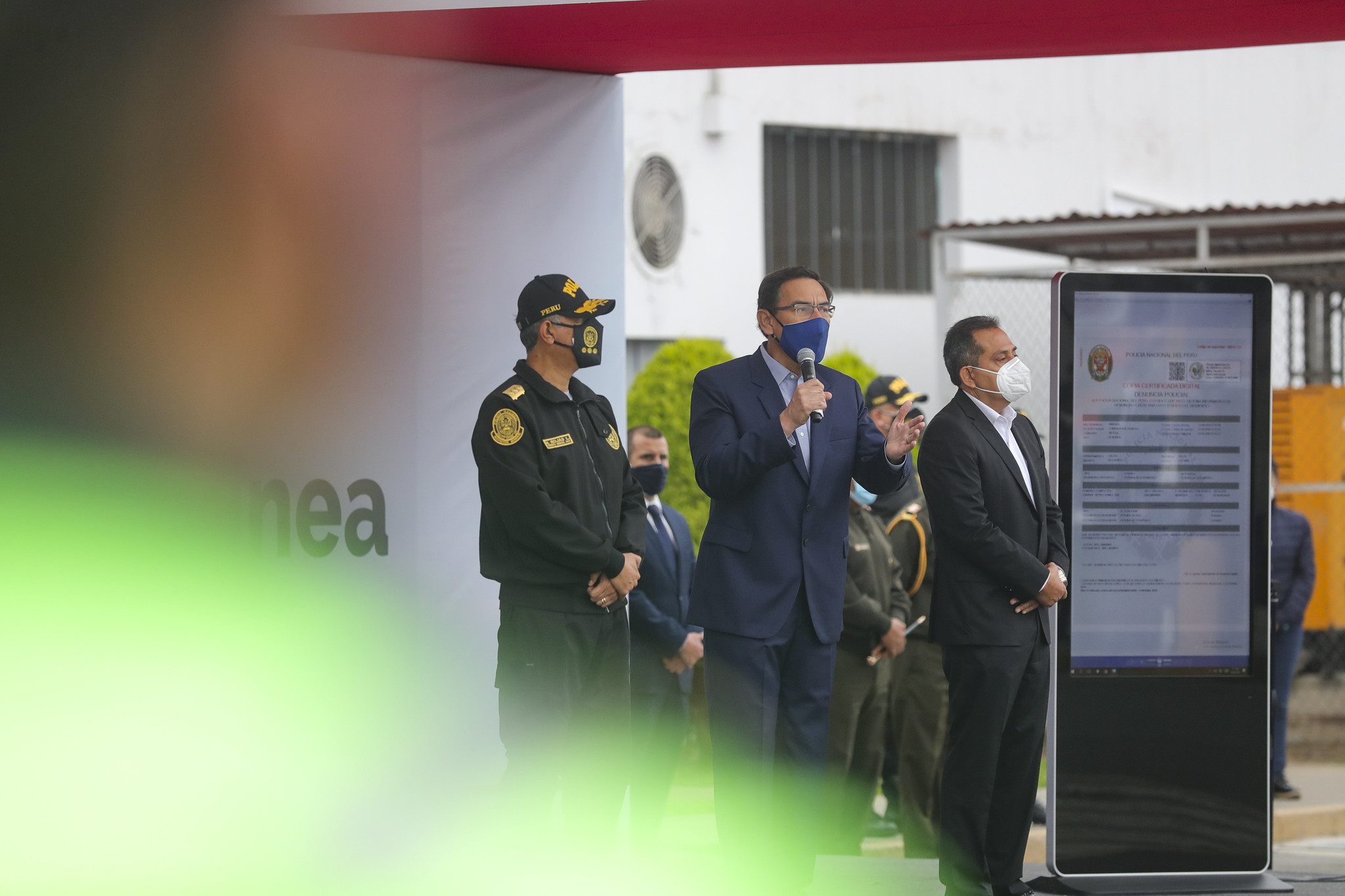Essential workers in every industry across the country are facing unique and devastating challenges to cope with COVID-19, but none quite like agricultural farmworkers. Most of the 174,000 employees across the state of Oregon support their families through a job that can’t be done from home, earn an income below the poverty line, live in substandard housing conditions, lack basic access to healthcare insurance and now face the ultimatum of going to work or homeschooling their children.
These factors combined prompted the development of the Oregon COVID-19 Farmworker Study (COFS) team—a combination of 11 farmworker-serving non-profit organizations and academic professionals from Portland State, University of Oregon and Oregon State University. The COFS team set out to evaluate the economic, health and social conditions faced by farmworkers due to COVID-19, and through the use of surveys, carried out the only study of its kind in Oregon by speaking directly with farmworkers to learn about the challenges they face first-hand. The team’s conclusions resulted in the following nine policy recommendations that will be presented to various committees and legislators in the upcoming special session.
“Replenish income and safety net support for farmworkers regardless of documentation status, such as the Oregon Workers Relief Fund, COVID-19 Farmworker Rental Relief Fund, and expand qualifications for Oregon Worker Quarantine Fund.”
More than a quarter of Oregon’s farmworkers are undocumented and considered unathorized to work in the United States, even though 67% of respondents in this study reported living in the states for over 15 years. The federal H-2A Visa program allows agricultural employers to bring foreign nationals to the U.S. to fill temporary agricultural jobs. However, it provides less than 4% of the hired workers needed in agriculture, and leaves most workers unable to access social services such as unemployment, SNAP/TANF benefits, childcare subsidies and other government-allocated emergency funds in response to COVID-19.
“Expand stock of housing opportunities that can serve farmworker families facing housing insecurity and/or needing temporary quarantine shelter with adequate social distancing.”
Of the 214 farmworkers surveyed, 34% reported they knew a coworker who was infected, 20% reported someone in their household had been infected and 9% reported that COVID-19 resulted in the death of someone they knew. Currently, OSHA does not release the occupation of those who died from COVID-19, but these results suggest “a far higher mortality rate than the 1% reported by the CDC.” It’s common for farmworkers to share their living quarters with other families in the agricultural industry. One of the study’s participants explained they lived with 19 other people, and that if anyone was to come down with the virus that they wouldn’t be able to adequately quarantine.
“Enforce existing anti-retatiation and workplace protections that assure farmworkers can take time off and/or file employer complaints without fear of retribution, such as supporting stronger whistleblower protections and abolishing farm labor collective bargaining restrictions.”
28% of farmworkers in the study reported fear of losing their job if diagnosed with COVID-19, and 5% feared government authorities. Additionally, while it was reported that most agricultural employers modified their worksites to prevent the spread of COVID-19, 22% of workers reported no changes made to the bathrooms and hand-washing areas, and 20% reported their employer did not supply them with masks.
“Strengthen Oregon/OSHA occupational safety enforcement and worksite auditing activities, including random inspections.”
Since OSHA doesn’t currently perform random inspections of agricultural worksites, a number of farmworkers in this study reported that employers frequently staged their work environment in order to meet standards only when OSHA was expected.
“Provide compensation for farmworkers who were forced to take time-off work and/or on informal networks for caretaking/childcare responsibilities due to the closure of childcare facilities and transition to virtual education since the start of COVID-19.”
68% of farmworkers in the study reported a dramatic loss of work and income during the pandemic. According to the survey data, while 75% of workers had children, women bore the majority of this loss due to increased caretaking responsibilities as a result of sudden school closures.
“Implement digital literacy programs to improve farmworker families’ access to technology, such as supplying smartphones, tablets and stipends to offset internet service costs.”
The financial demands of online learning require swift action be taken in order to fund the resources required for children of farmworkers to continue their education. The majority of surveyed participants reported difficulties paying for basic expenses: 58% for food, 59% for rent, 57% for gas and electricity and 29% for water, leaving no excess income to put toward educational technology.
“Mandate employers provide training, when not already required, in languages farmworkers speak and provide targeted plans to improve language accessibility of information, rules, guidance published by government agencies, by funding local organizers and navigators that can reach and inform farmworkers who speak indigenous languages.”
Only 68% of respondents reported they received training from their employer on how to be safe from COVID-19. 91% stated that they understood the information—however, 6% received training in an unpreferred language, and 4% said they only understood some of the information.
“Provide frequent and extensive access to COVID-19 testing with convenient access to lab results, vaccinations when available, and access to traditional methods of mental health support administered through trusted community clinics.”
Only 37% of farmworkers reported being tested for COVID-19, and the cost of testing was cited as a significant barrier. Additionally, 91% of participants didn’t have access to mental health insurance, leaving them to rely on the limited resources of community organizations such as the Virginia Garcia Clinic or Salud Medical Clinic.
“Ease barriers for exercising legal rights by connecting farmworkers to legal navigators that can provide legal advice on workplace rights, tenant rights, concerns over public charge and immigrant rights.”
Oregon law gives all workers, including farmworkers, sick and family leave based on certain thresholds. However, 53% of participants in this study indicated they did not know about these resources. An additional 48% were unaware of the $20 million Oregon Worker Relief Fund, which was created specifically for immigrant farmworkers who do not qualify for unemployment.
In the upcoming months, the COFS is expected to come out with a second phase of surveys and results focused on workplace conditions, transportation to/from work, caring for children with closed schools and challenges of remote schooling, housing conditions, access to medical care and other basic needs.
“We’re talking about farmworkers,” said Dr. Lynn Stephen, anthropology professor at the University of Oregon and a COFS academic partner. “But farmworkers are whole people, who have whole lives.”






